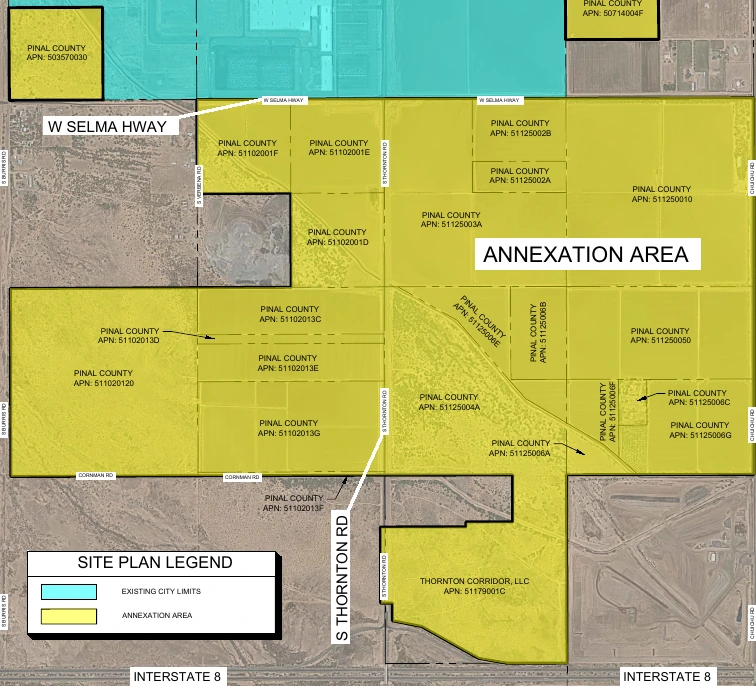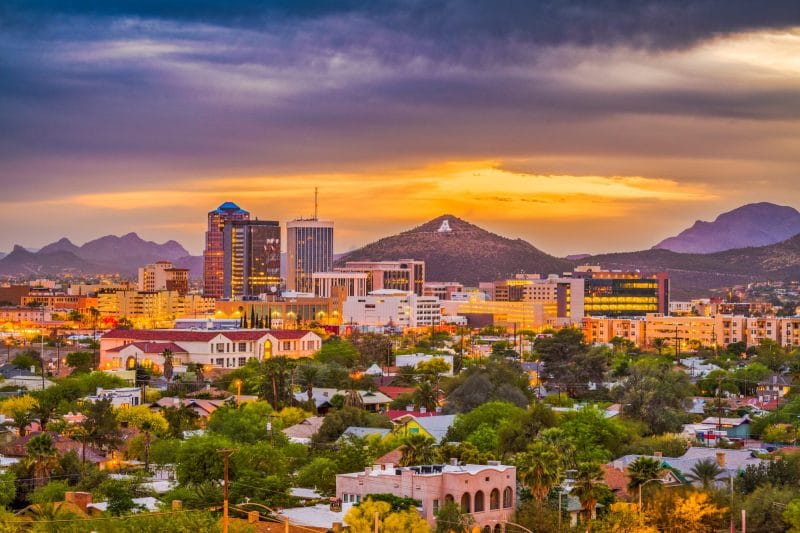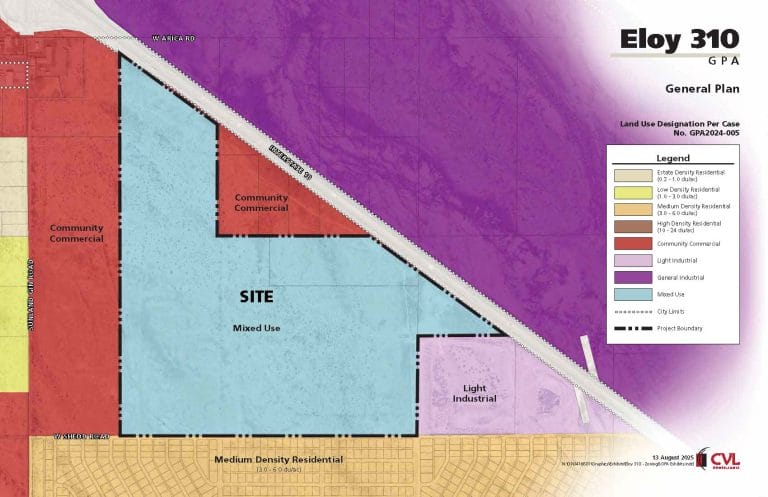By Adam McCann | WalletHub
 o say that Americans love sports is an understatement. It’s in our blood. We value sports as much for their personal and social benefits as for the thrill and drama of the game. In the U.S., nearly three quarters of all adults claim to be sports fans. In 2017, 86 of the top 100 telecasts watched live or the same day were sports events.
o say that Americans love sports is an understatement. It’s in our blood. We value sports as much for their personal and social benefits as for the thrill and drama of the game. In the U.S., nearly three quarters of all adults claim to be sports fans. In 2017, 86 of the top 100 telecasts watched live or the same day were sports events.
But Americans also cheer on their favorite teams with their wallets. The North American sports industry is expected to rake in about $69.3 billion from ticket and merchandise sales, media rights and sponsorship fees, according to the latest sports outlook from PricewaterhouseCoopers. The firm estimates that figure to reach upwards of $78 billion by 2021. That’s not mentioning the lucrative fantasy-sports market in North America with 59.3 million players, each spending an average of $653 per year, or nearly $39 billion collectively. And eSports, or competitive video games, was a $655 million market in 2017 and is projected to reach around $900 million in 2018.
The increasingly mobile-oriented ways we consume sports and rising premium-seat demand are partly responsible for the significant industry growth. Today, Americans can read sports news on their phone or tablet and ditch the bleachers for ultra hi-def TVs that seem to get bigger every year. But many serious fans still prefer live action — and the best seats in the house. In response, sports venues are improving their facilities to enhance the in-person viewing experience.
In search of the best sports cities from the fan’s perspective, WalletHub compared 419 cities across more than 50 key metrics related to the five largest sports in the U.S.: football, basketball, baseball, hockey and soccer. Scroll down for the winners, expert commentary and a full description of our methodology.








